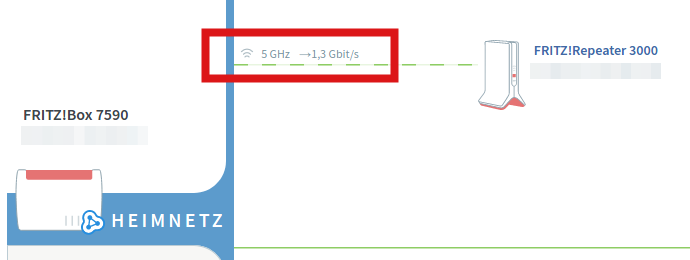 It is interesting to see how the users of my Nextcloud keep pushing previously existing limits, real or perceived. Back in 2018 I had a post of how to increase the maximum file size Nextcloud could handle and I was happy to see that I could easily go up to 5 GB files. I didn’t push it beyond that as I couldn’t imagine anyone would want to send bigger files. But recently, I was asked if a 20 GB file could be stored on my Nextcloud for sharing and I have a to admit I was skeptical. So I set out to try if and how this would work in practice.
It is interesting to see how the users of my Nextcloud keep pushing previously existing limits, real or perceived. Back in 2018 I had a post of how to increase the maximum file size Nextcloud could handle and I was happy to see that I could easily go up to 5 GB files. I didn’t push it beyond that as I couldn’t imagine anyone would want to send bigger files. But recently, I was asked if a 20 GB file could be stored on my Nextcloud for sharing and I have a to admit I was skeptical. So I set out to try if and how this would work in practice.
Continue reading Pushing the Limits – A 20 GB ZIP File on Nextcloud

